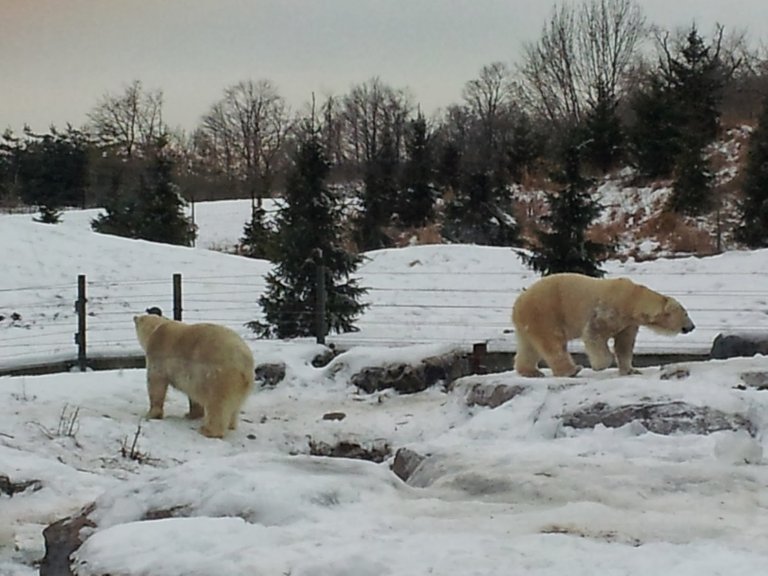Well, at least it was on New Year’s Eve in Calgary, when the mercury dipped to a frigid -25 C (plus windchill) and the keepers at one of Canada’s largest zoos decided that it was just too cold for even the toughest of birds.
The penguins were hustled indoors, mainly — the keepers explained — to protect their young chicks. Already adapted to the rigours of winter, they lasted longer outside than most other animals at the zoo.
Major zoos and safari parks across the country seem to err on the side of caution when it comes to keeping their menageries sheltered from the elements throughout the calendar year, but Canada’s winters present a unique set of challenges.

For some animals like penguins, pandas, polar bears, bison, alpacas and the appropriately named snow leopard, Mother Nature’s icy grip is nothing they wouldn’t experience in the wild.
“When we get to the fall, there are certain days that animals will go outside because the temperature permits it, other days they won’t be able to go outside,” he said, noting that the zoo has rules in place regarding how cold it can get before individual species must come in.
Many facilities, including the Toronto Zoo, follow the Association of Zoos and Aquariums’ species-specific guidelines on temperature ranges for animals. Giant pandas, for example, will come inside at about -10 C.
But decisions are not based only on temperature, Fournier explained. Wind and precipitation also play a big role.
Hi! I am a robot. I just upvoted you! I found similar content that readers might be interested in:
http://www.newscaf.com/canada/how-canada-s-zoos-protect-their-animals-from-the_864551.html